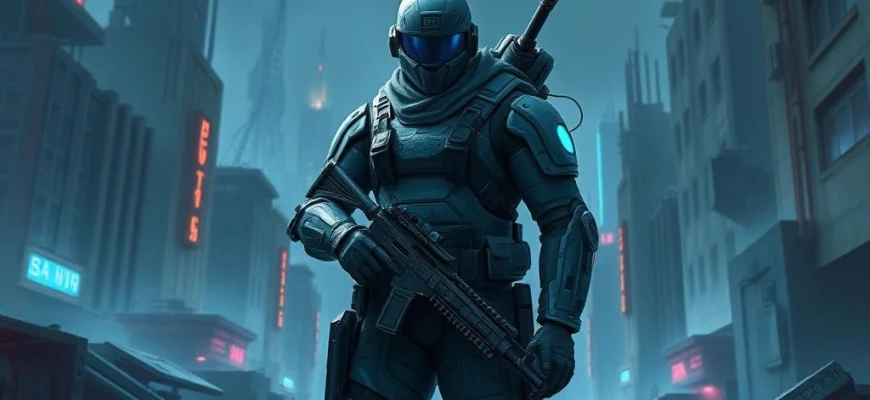If you enjoyed the action-packed sci-fi thriller 'Cyborg Soldier' (2008), you're in for a treat! This article explores 10 similar movies and shows that deliver the same blend of high-tech combat, futuristic themes, and gripping storytelling. Whether you're a fan of cybernetic enhancements, military sci-fi, or intense action sequences, these recommendations will keep you on the edge of your seat.
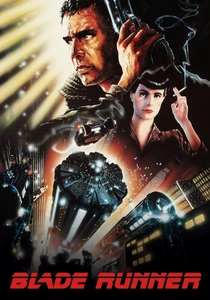
Blade Runner (1982)
Description: Examines what it means to be human through the lens of bioengineered beings, with a noir aesthetic and philosophical depth.
Fact: The film's dystopian Los Angeles was inspired by Hong Kong's neon-lit streets. It initially underperformed but later became a cult classic, influencing countless sci-fi works.
 Watch Now
Watch Now 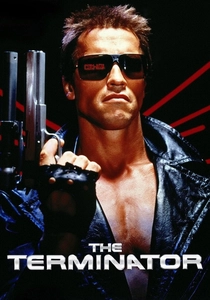
The Terminator (1984)
Description: A cybernetic organism is sent back in time to alter the future, blending action with philosophical questions about fate and humanity.
Fact: The iconic metallic endoskeleton was created using stop-motion animation, a technique rarely used in action films by the 1980s. The film's budget was so low that many scenes were shot at night to save on lighting costs.
 Watch Now
Watch Now 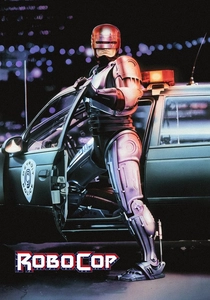
RoboCop (1987)
Description: Explores themes of man versus machine, identity, and corporate control through a law enforcement cyborg protagonist.
Fact: The film's satirical tone was inspired by director Paul Verhoeven's experiences with American media and consumer culture. It was initially rated X for violence before edits secured an R rating.
 Watch Now
Watch Now 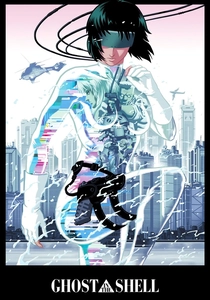
Ghost in the Shell (1995)
Description: A cyborg counter-cyberterrorist operative questions her humanity in a world where consciousness can be digitized and transferred.
Fact: The film's iconic opening sequence of the cyborg's construction took over a year to animate. It heavily influenced The Matrix's visual style and themes.
 Watch Now
Watch Now 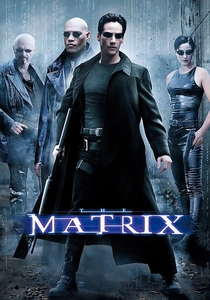
The Matrix (1999)
Description: Humans live in a simulated reality created by intelligent machines, exploring themes of perception, control, and rebellion.
Fact: The film's groundbreaking bullet time effect was achieved using 120 still cameras triggered in sequence. All actors underwent months of martial arts training for the fight scenes.
 Watch Now
Watch Now 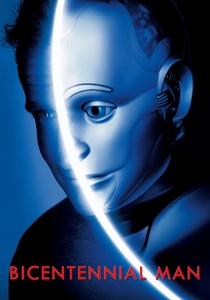
Bicentennial Man (1999)
Description: Chronicles a robot's 200-year journey to become human, focusing on emotional growth and societal acceptance.
Fact: Based on a novella by Isaac Asimov, the story was expanded from a 45-minute TV episode concept. The robot's aging process was achieved through progressively more human-like prosthetics.
 Watch Now
Watch Now 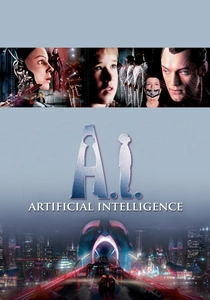
A.I. Artificial Intelligence (2001)
Description: A highly advanced robotic boy longs to become real to regain his human mother's love, blending fairy tale elements with futuristic speculation.
Fact: Stanley Kubrick originally developed the project for over 15 years before passing it to Spielberg. The film's ending combines Kubrick's cold ambiguity with Spielberg's sentimentality.
 Watch Now
Watch Now 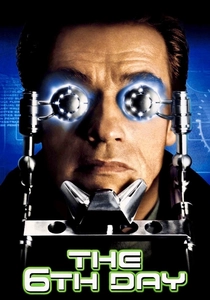
The 6th Day (2000)
Description: Delves into the ethics of human cloning and identity when a man discovers his perfect replica has taken over his life.
Fact: The title references the biblical sixth day of creation when humans were made. The film's cloning technology was based on real scientific theories of the time.
 Watch Now
Watch Now 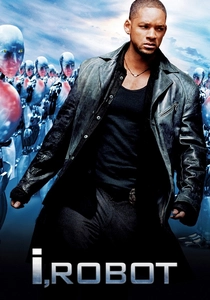
I, Robot (2004)
Description: A detective investigates a crime possibly committed by a robot, exploring Asimov's Three Laws of Robotics and artificial consciousness.
Fact: The film's NS-5 robots were designed with transparent faces to make their inner workings visible. It was originally a completely different script before being adapted to incorporate Asimov's concepts.
 Watch Now
Watch Now 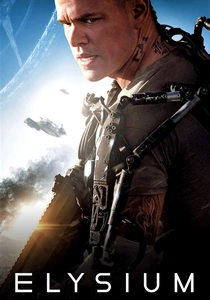
Elysium (2013)
Description: In a future where the wealthy live on a space station, a dying man seeks advanced medical technology, highlighting class divisions and augmentation ethics.
Fact: The film's exoskeleton suits were physically built and weighed up to 50 pounds. Director Neill Blomkamp used the same visual effects team from District
 Watch Now
Watch Now 
